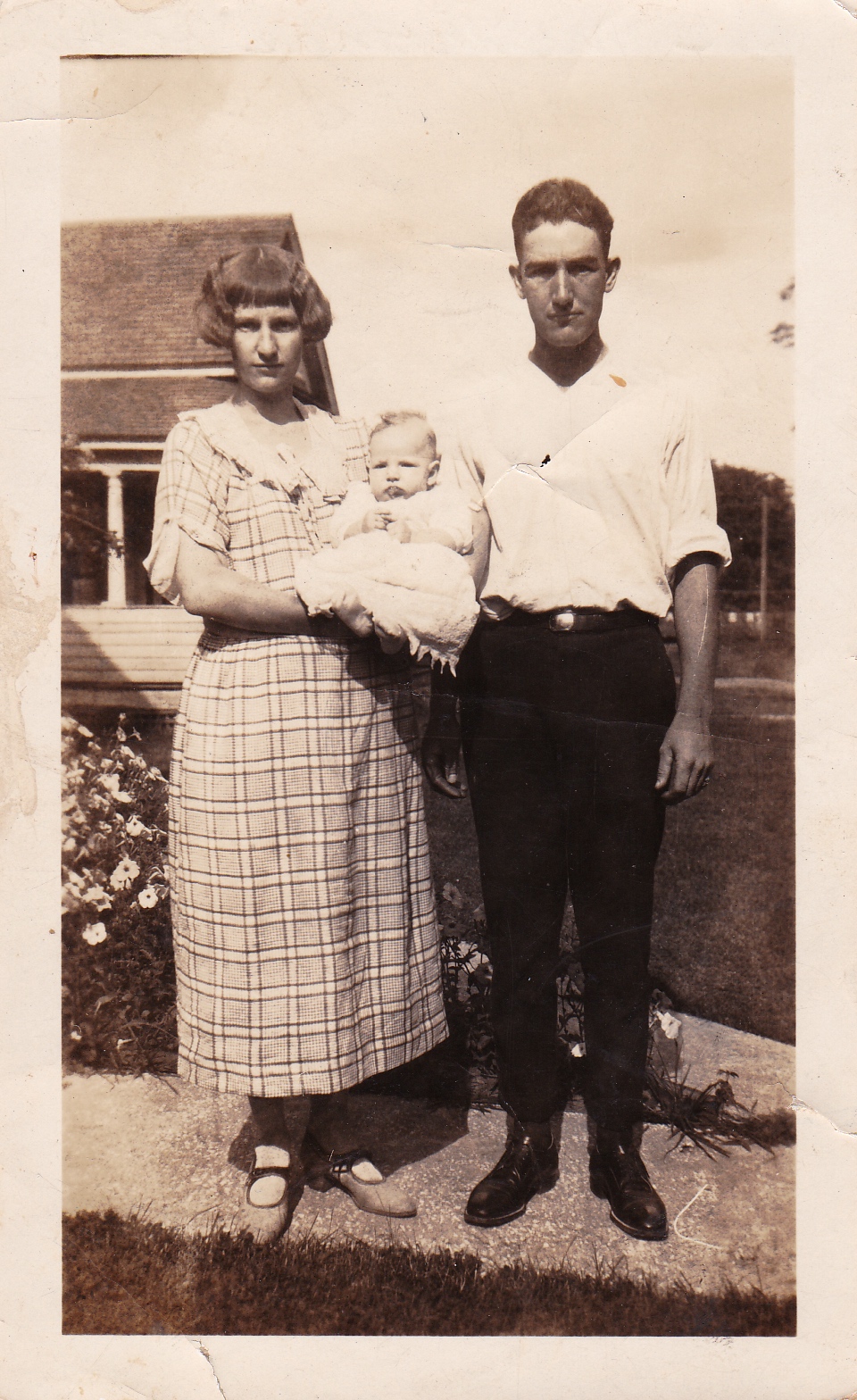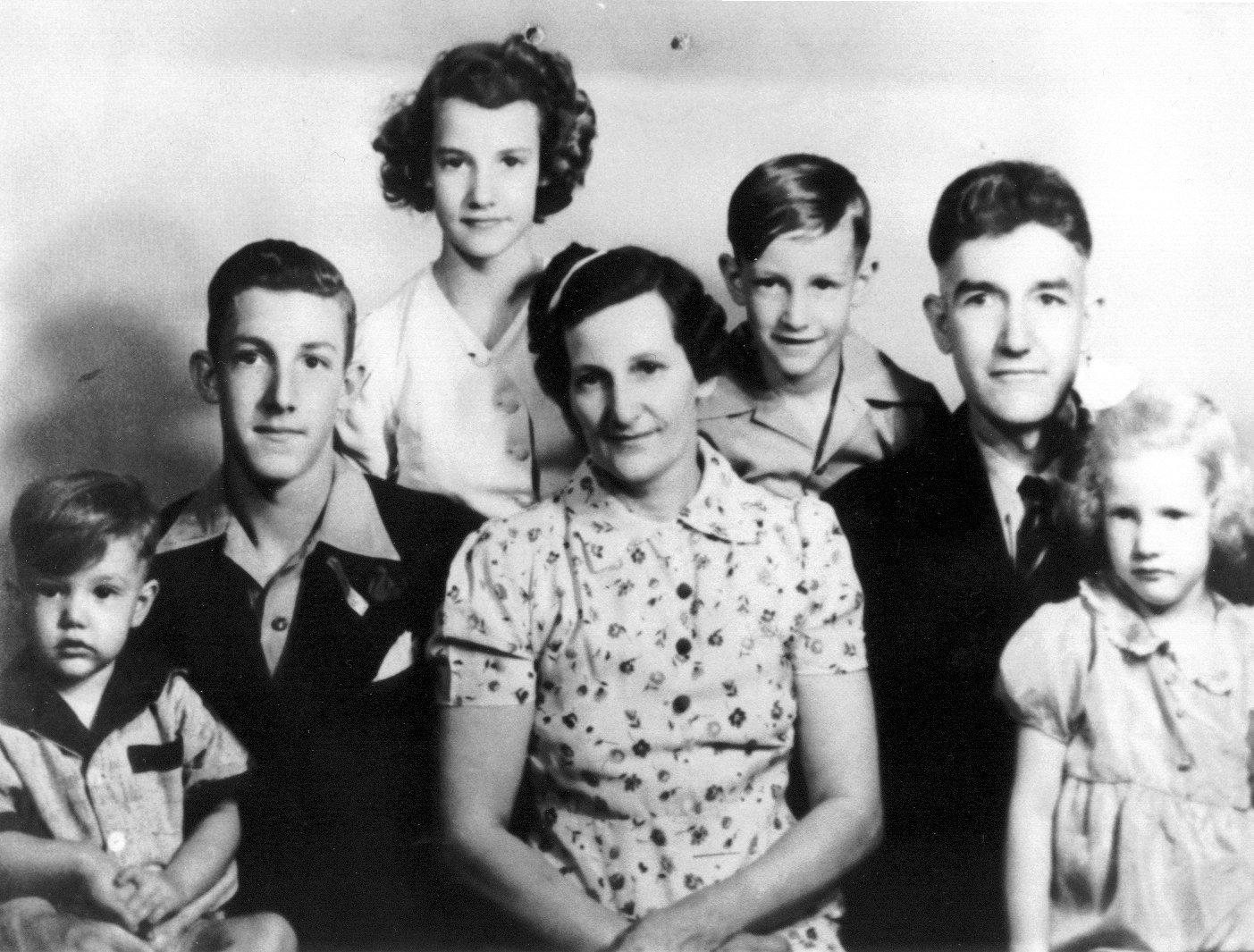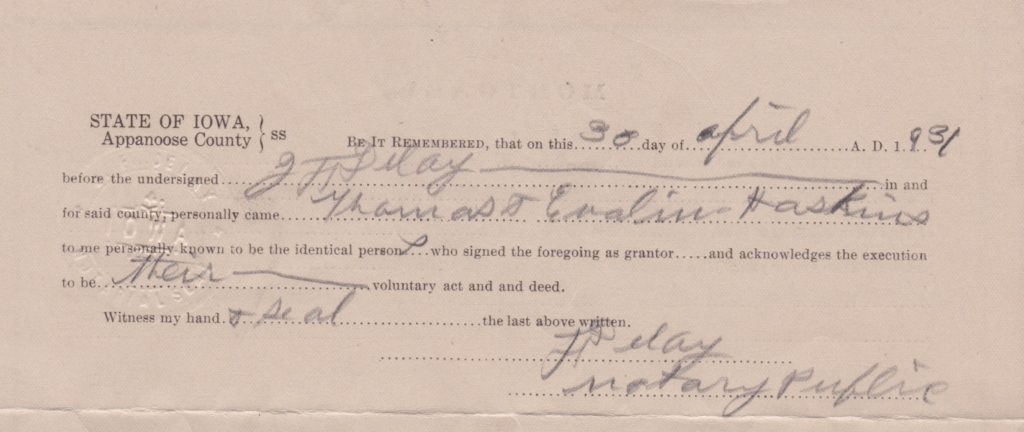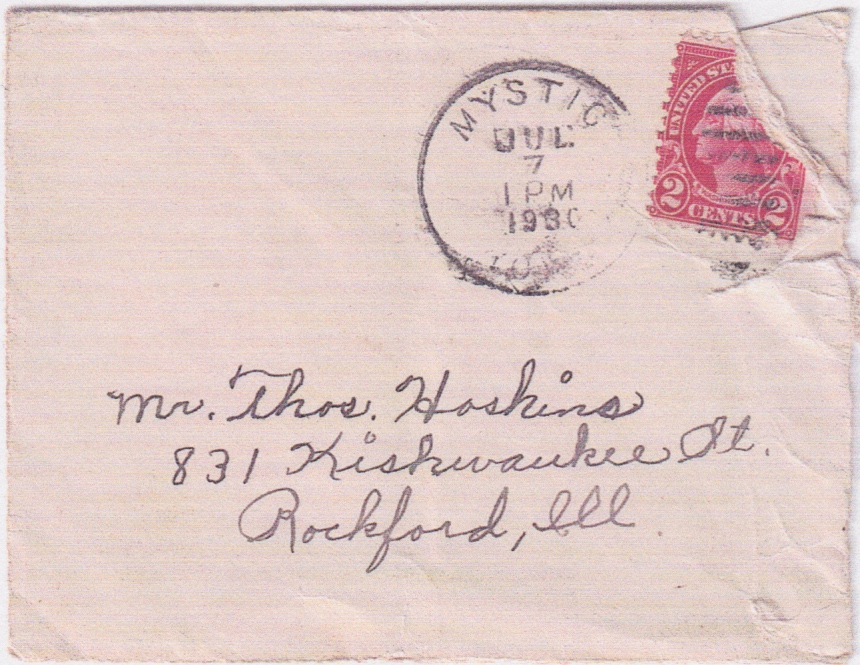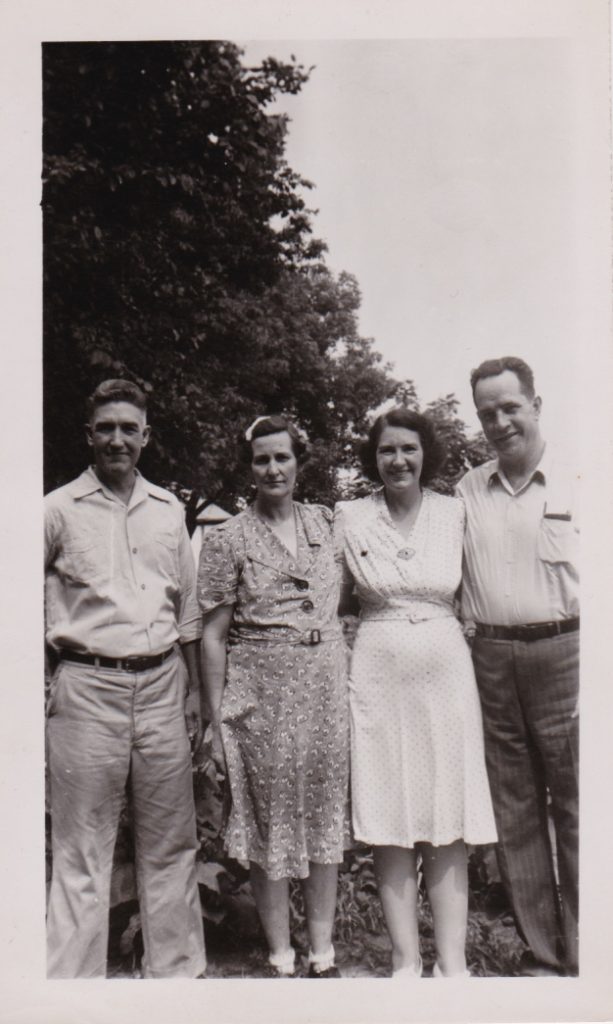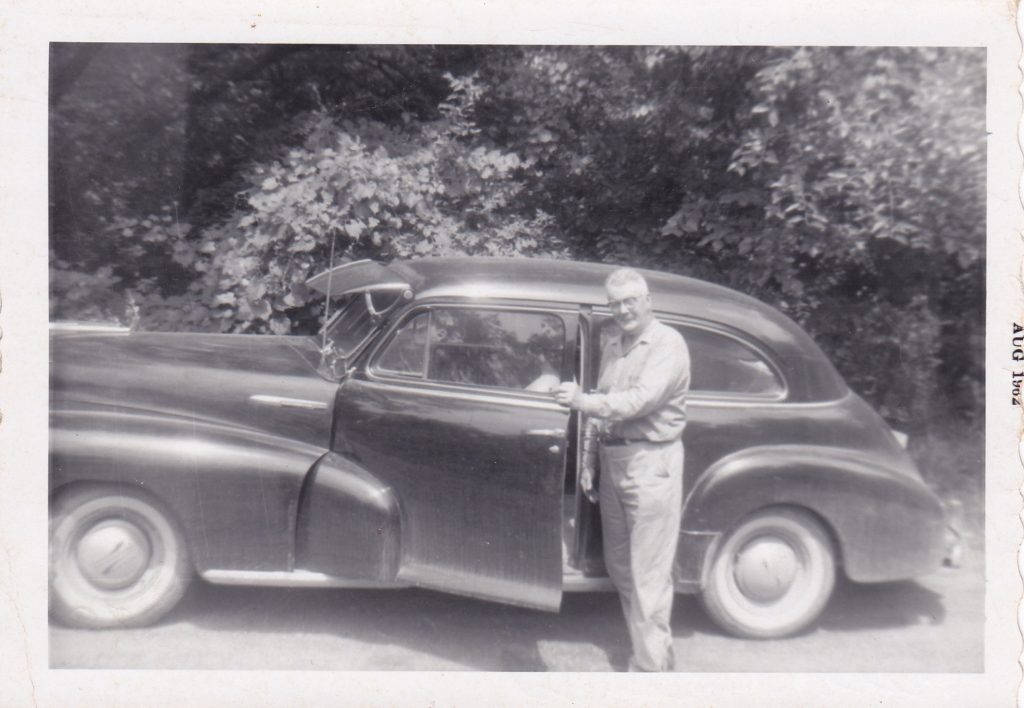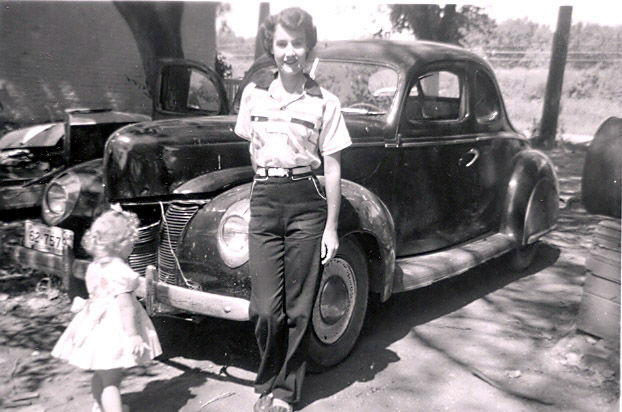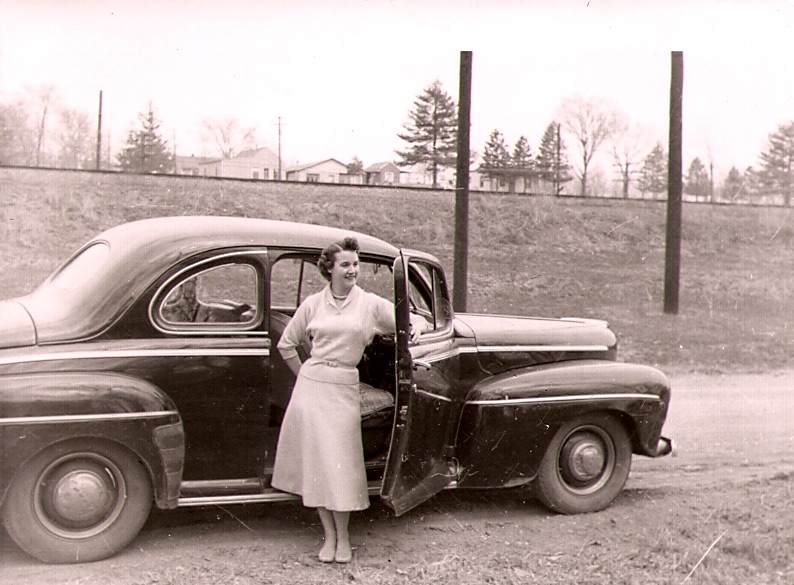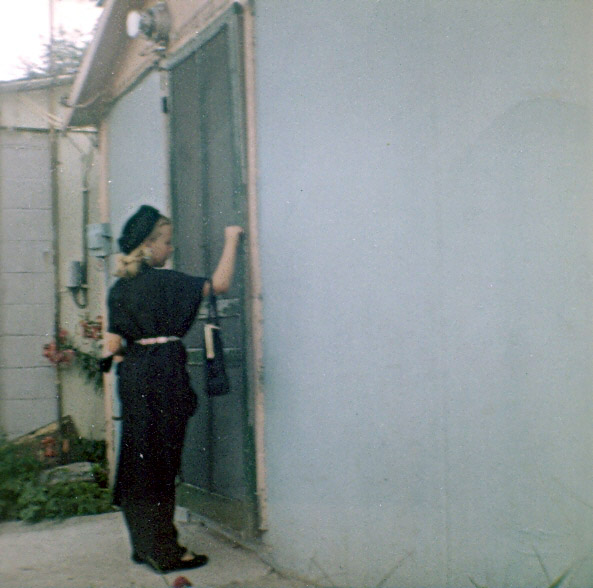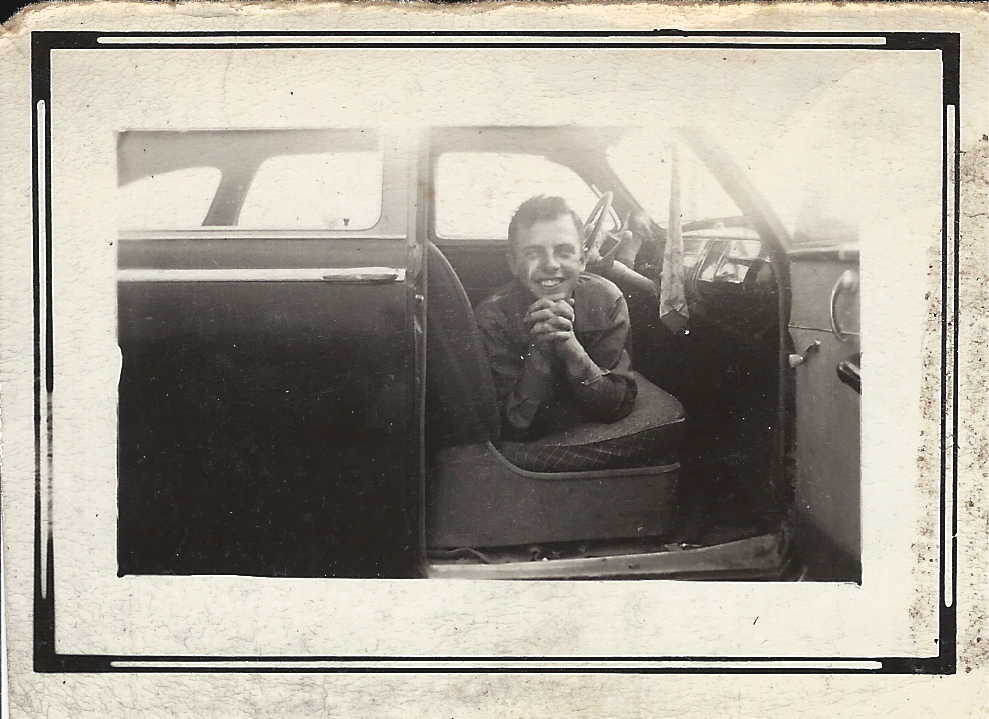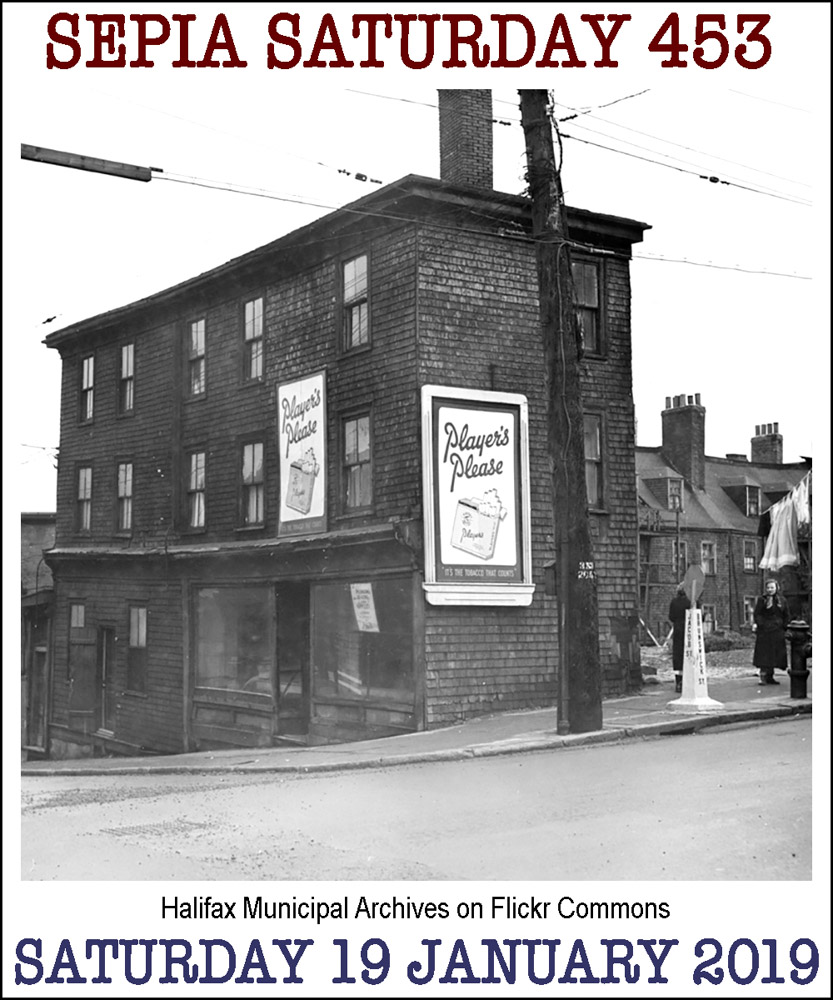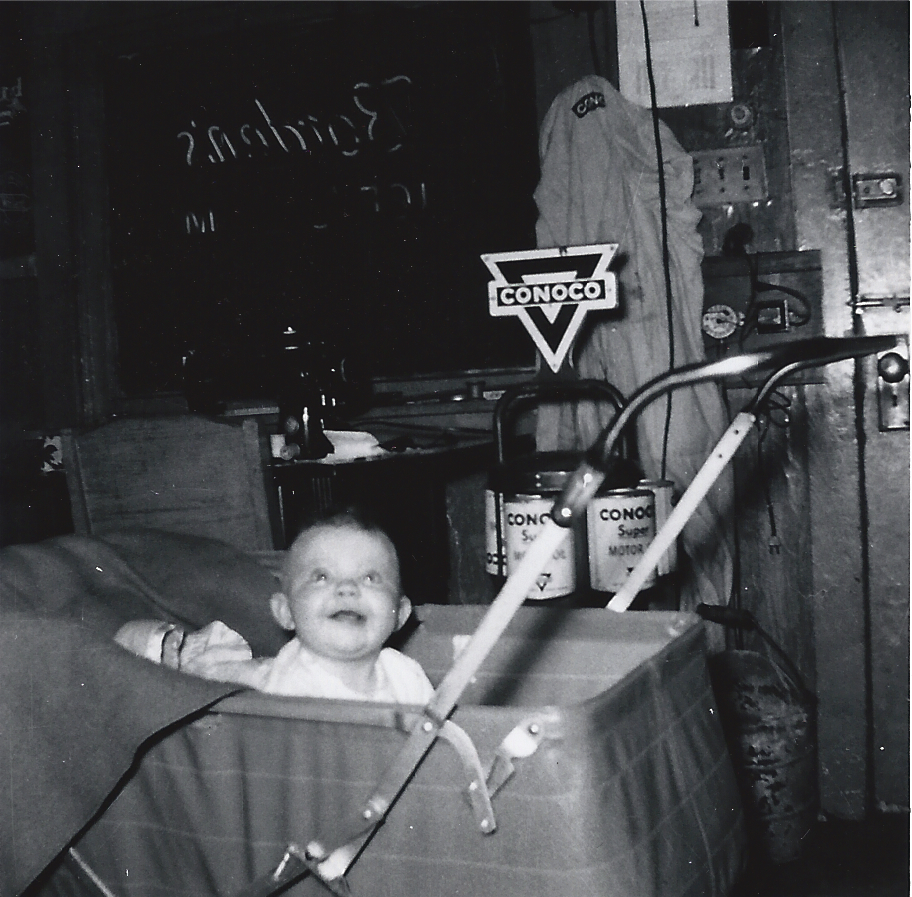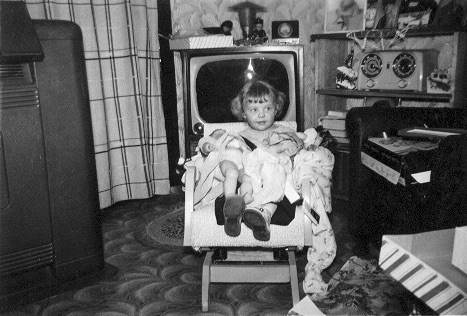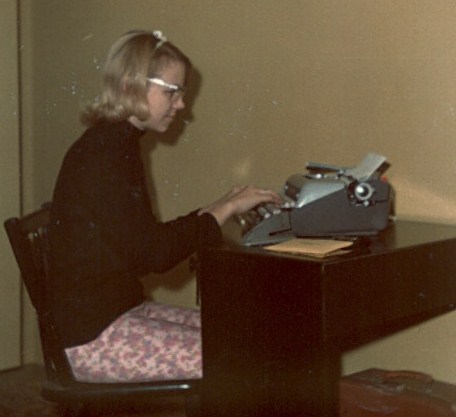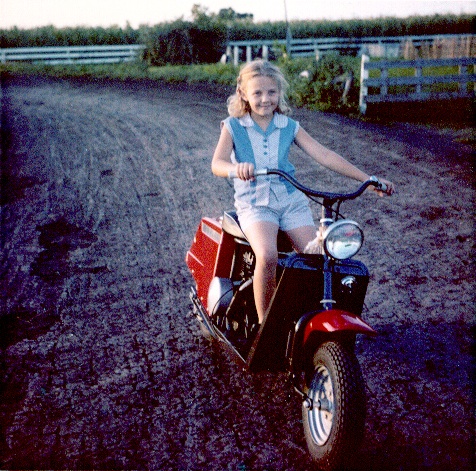The month of January and a health emergency declared in the state of Washington because of a measles outbreak had me thinking about an uncle I never knew.
This is the last post in a series about my uncle Wilbur Thomas Hoskins, who died at five years of age due to complications following measles. You can catch up here:
A Tow-headed Boy
Measles
Who was with the family?
Funeral Record
The Salvation Army Offers Assistance
Letters of Condolence
bills to pay
I first introduced Uncle Wilbur in this photograph, taken when he was three months old and in the arms of his parents, Eveline and Thomas Hoskins.
A few months after Wilbur’s death, my mother was born. Only one of the other five children born to Eveline and Thomas knew Wilbur – Albert, whose fourth birthday was the day of Wilbur’s funeral.
My mother and I lived with my grandparents from the time I was two to almost eight years of age. I never saw any pictures of Wilbur or heard about him that I remember. I’m sure it was my mother who told me about him sometime later. Mom gave me three bits of information that stuck with me: Wilbur died of Bright’s Disease; my grandfather had a “nervous breakdown” after Wilbur’s death; and my grandfather vowed he would never give another child his name. (Wilbur’s middle name was Thomas). I’ll take these one at a time.
Cause of death:
It wasn’t until I got a copy of Wilbur’s death certificate that I learned that measles was contributory to Wilbur’s death – preceding the nephritis (inflammation of the kidneys) listed as cause of death. Bright’s Disease, the cause of death given by my mother, is a historical classification of kidney diseases that would be described in modern medicine as acute or chronic nephritis.
Sometimes death certificates contain errors, but I feel confidence in this one. Having the receipts for payment of bills to Dr. Bissekumer, I can match the signatures on the death certificate to the receipts and I also know that he saw Wilbur on more than one occasion. He was the attending physician.
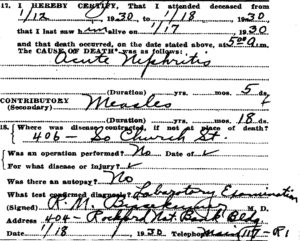
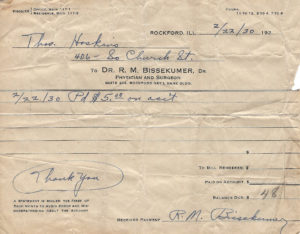
My grandfather had a nervous breakdown:
I emailed the remaining members of Wilbur’s generation (one sibling and his wife, and two spouses of siblings) and no one recalls any photos of Wilbur displayed in the home. Uncle Roy thinks it was his brother Albert who told him about his dad’s breakdown and he and his wife don’t remember any conversations about Wilbur. Albert’s wife recalled a conversation she had with my grandmother:
I believe it was your grandmother who told me your grandfather suffered what was then called a nervous breakdown, it seems soon after Wilbur died and he spent some time in a facility, then I assume needed to stay nearby after his release perhaps for further treatment and that is when he stayed with Ethel and Mark. It would seem likely that your grandmother moved back to Mystic sometime around this time because of the lack of money. I can’t imagine how torn she must have been.
I haven’t been able to find documentation to fill in the gaps on this. There is that odd postcard from a health resort in Excelsior Springs, Missouri that just says “Wilbur” on the back. This was saved for a reason, as was the notation of Wilbur’s name on the back.

Excelsior Springs is not close to either Rockford, Il or Mystic, Iowa. Did Grandpa take a trip to Excelsior Springs in hopes that the mineral waters and baths would bring relief and healing to his suffering? Might he have spent some time in treatment here?
The one thing I did find was a receipt from a doctor in Rockford for an examination in August. This was apparently a family practice clinic. Grandpa could have gone for an illness or to seek help with his depression or whatever form of distress his grief manifested.

So where were each of my grandparents in the months after Wilbur’s death?
Receipts from a doctor’s office shared in my last post, show a change of address for my grandfather between the January 29th payment and the April 12th payment, moving from the home he and my grandmother shared on Church St. to the address of his sister Ethel and her husband’s home on Kishwaukee St.
The 1930 Census, taken April 5-7 shows my grandfather listed as a lodger with his sister and brother-in-law.
Of particular interest is the D in the column for marital status. No other evidence of divorce and not part of our family story. I wonder who provided information to the census taker and how they worded their answer to the question. Whatever was said by whom, the clear indication is that my grandparents were not living together at that time. Tom was in Rockford and Eveline had returned home to Mystic.
I also found a Mortgage document dated 30 April 1930, although on the reverse, the year looks like 1931 – so I’m confused. What do you think?
If it is 1930, then my grandfather made a trip to Mystic where they signed a mortgage on a piece of property. If 1931, then it was the following year.
My mother was born July 7, 1930 and I have a photo copy of the birth announcement sent to Grandpa to let him know of her arrival. He was in Rockford when she was born. The address is to the home of his sister Ethel and her husband.
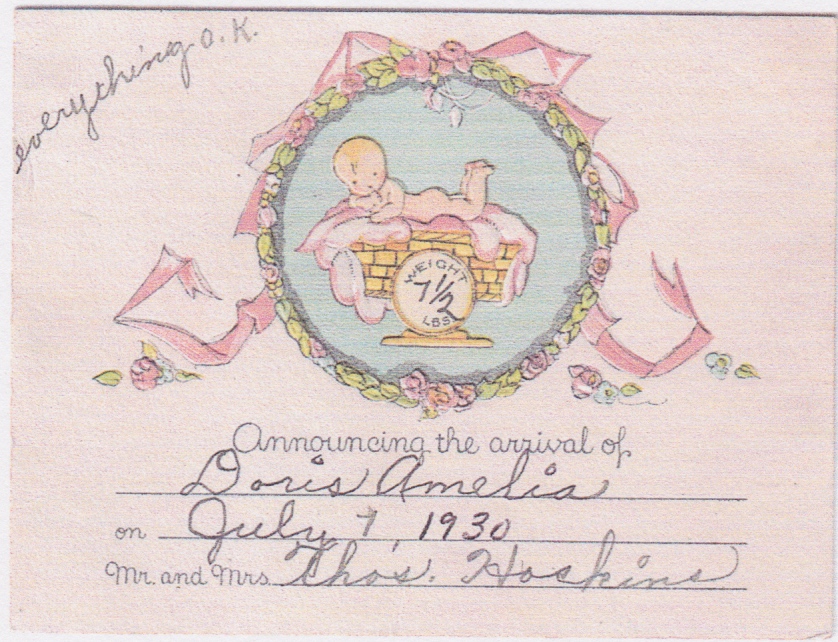
And the receipt to the doctor above places my grandfather in Rockford at least through August.
So I can’t confirm that Grandpa spent time in a facility, only that he lived with his sister Ethel and her husband for a time after Wilbur’s death.
None of the other children had family names, so I guess that nugget was true. Grandpa seemed to feel it bad luck.
Of more interest is how my grandparents dealt with their grief and loss over the years. As noted above, no photographs or mementos of Wilbur were visible in their home.
Albert’s wife : Your grandfather never mentioned Wilbur in my presence; Al had indicated that his Dad had never gotten past that loss. It hit me as I was putting this together that he was very vocal about the bad things that happened to him and for lengthy periods of time after but this was not one of them.
Your grandmother spoke to me just once about Wilbur; I don’t remember the circumstance but was likely sometime after Stephen was born. She was very matter-of-fact, rather dispassionate I think. She said that Wilbur had been very sick with what was then referred to as red measles and he didn’t get better.
I always thought of my grandfather as a worrier. I would help my grandmother with the dishes and he would interject, “Be careful. That knife is sharp.” Or, “Be careful crossing that street.” or “Don’t get too close to the road.”
My grandmother, on the other hand, gave me the sharp knife to dry, sent me down the street on errands, let me try my hand at ironing (for which I carried a scar on my forearm for a good many years), among other things. She was not overprotective. Although very loving toward me, she was also not overly affectionate. She held me in her lap in her rocking chair by the window, but did not smother me with kisses. We played games together, but I got no advantage for my young age. She didn’t tolerate whining (see 1st Grade Hairstory) or crying that she thought excessive or without good cause. “Go upstairs if you are going to cry. I don’t want to hear it.” She stayed at home and worked hard in the house and in the large vegetable and flower gardens. Practical. Down to earth. Hard working. Disciplined routine. I loved her dearly and I know she felt the same about me. Hence her name used in the name of this blog.
I picture her as the one who had to be strong. The one who carried on. The one who had no choice but to do so. There was a young son to care for and a baby on the way. Perhaps this set the pattern for how she lived the rest of her life.
Although there were no pictures or remembrances of Wilbur visible in their home, all of these photos and papers were kept tucked away in a safe place.
Things I may have missed or gotten wrong:
Maybe Albert was with my grandparents and Wilbur in Rockford. My belief that he stayed in Mystic with his grandparents I assume I got from a conversation with my mother. Al’s wife remembers this: Your grandmother said Al had them (measles), too, but he wasn’t nearly as sick. I had assumed that Wilbur got sick first and Al got them from him but if the boys were not together with their parents then that might not be true.Your grandmother didn’t provide any details and I didn’t ask questions.
I’ve probably made mistakes throughout this series. I’m always open to correction.
Better days:
I received this nice photo of my grandparents with Ethel and Mark after making contact with their daughter. Taken some years later, in better times.
My grandparents celebrated their 50th wedding anniversary in 1973, surrounded by most of the kids and grandkids. Unfortunately, I was not there.
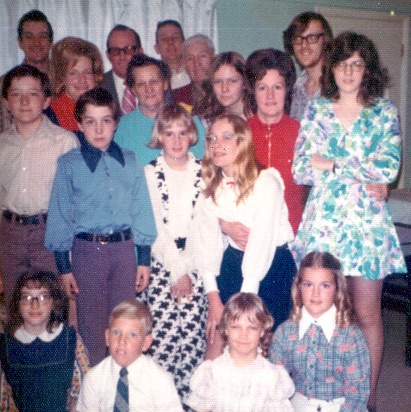
And this last photo, which almost kind of matches the prompt photo of two people with big smiles. It is one of my favorites of them.
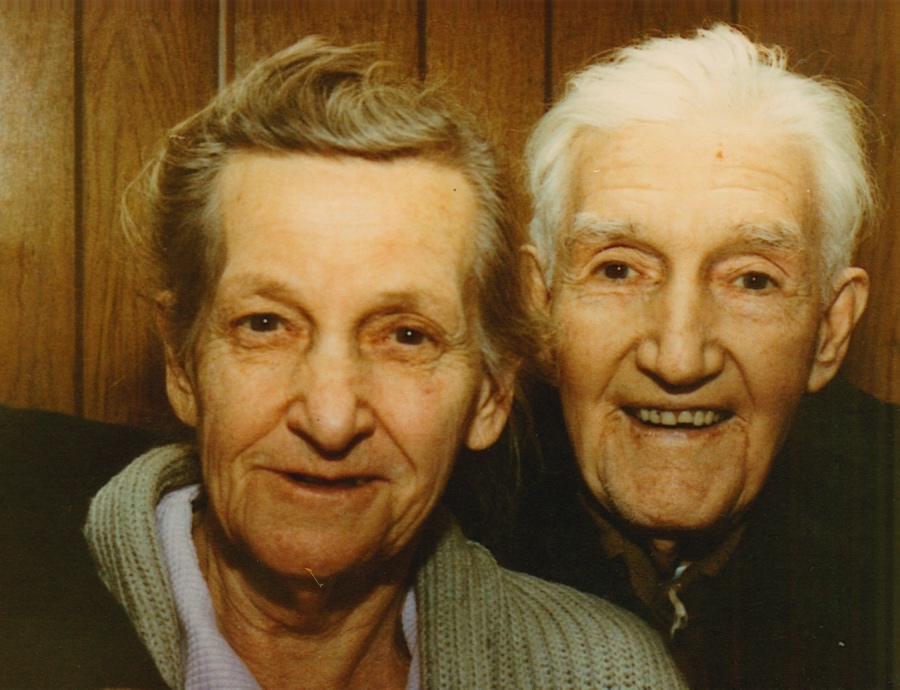
And here I lay to rest the story of an uncle I never knew, Wilbur Thomas Hoskins.
April 3, 1924-January 18, 1930
Vaccinate. It saves lives.
Sepia Saturday provides bloggers with an opportunity to share their history through the medium of photographs. Historical photographs of any age or kind become the launchpad for explorations of family history, local history and social history in fact or fiction, poetry or prose, words or further images. If you want to play along, sign up to the link, try to visit as many of the other participants as possible, and have fun.
Please visit other participants at Sepia Saturday where you may find photos of big smiles or big stripes or big ties!

